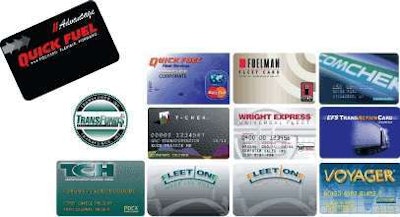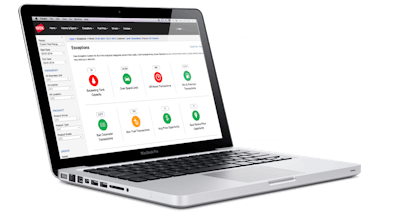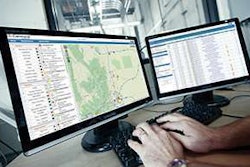Editor’s note: This story originally appeared in July on CCJ.

The term describes methods for using statistical models, real-time analysis and algorithms to find patterns in data and deliver instant recommendations.
Machine learning is in a number of fleet management systems as well, particularly those that handle a large volume of transactions, like fuel.
Fleets of all kinds have used electronic payment systems for more than 30 years to control the locations, gallon and dollar limits of their fuel transactions. The “card controls” do not always stop transactions from being wasteful or fraudulent, however.
Drivers might use company fuel cards to buy premium grade instead of regular gasoline, to purchase at locations with high prices or to occasionally add gallons to their personal vehicles.
Rather than dump fuel transaction data into spreadsheets for analysis, fleets are now getting real-time alerts when alarming patterns emerge.
Fueling with big data
About one year ago, WEX, one of the largest providers of fuel card and corporate payment systems, formed the WEX ClearView analytics team. Its mission is to harness WEX’s fuel transaction data to create new products and services, says Kurt Thearling, WEX’s vice president of analytics.
WEX captures millions of transactions per week, nationwide, from local and over-the-road fleet card programs. Companies with local operations use its WEX Fleet card and those in the OTR trucking market use programs from WEX subsidiaries EFS and Fleet One.
 The Exception Module in the WEX ClearView platform shows patterns in fuel transactions that indicate waste and fraud.
The Exception Module in the WEX ClearView platform shows patterns in fuel transactions that indicate waste and fraud.WEX ClearView has created a number of machine learning algorithms that identify exceptions. The results are shared with customers, in real time, through the Exceptions Module in the WEX ClearView application, he says.
As shown in the photo on the right, the Exceptions Module has a dashboard-style interface that displays the status of each exception category with green, yellow and red indicators.
The categories include non-regular fuel purchases, odometer/MPG readings, fuel purchases exceeding vehicle tank capacity and more. Clicking on any of the indicators brings up a drill-down report to see the drivers and fuel transactions that had the exceptions.
To detect fraud, algorithms look for patterns of drivers entering incorrect odometer readings at the pump, he says, and when the gallons purchased do not match the expected gallons consumed between fueling events based on a vehicle’s average MPG and tank capacity.
WEX ClearView is able to include telematics data in its real-time analysis. Through partnerships with telematics providers, and with the permission of fleet customers, its algorithms can look through data to find mismatches between the location of service stations and the locations of vehicles during fuel transactions, he says.
The location of drivers’ homes is another valuable piece of data. Algorithms can detect if drivers take company vehicles home and fuel soon after, within a few miles of their home. Telematics data might show that a certain company vehicle was at a driver’s house and that its fuel gauge did not change at the time of the fuel transaction, he says. The conclusion: the driver used a company fuel card to fill his personal vehicle.
“You start to come up with patterns that make sense, but patterns can change over time,” he says.
WEX ClearView is additionally using real-time analysis to determine if drivers are making good purchase decisions. Fleets can get alerts that show if drivers are purchasing fuel at locations with comparatively higher fuel prices than nearby locations, he says.
The analytics team is working on an automated messaging system that will enable fleets to send text reminders to drivers if company policies are violated, like buying premium versus regular gasoline or stopping at higher priced locations.
Thearling plans to include a feature for escalating the alerts. On the first infraction, a text could politely remind the driver of the error. On the second infraction, a message would use all CAPS in the heading; and on the third time the driver would get a text in all CAPS, he says.
To create the machine learning algorithms, WEX ClearView uses business intelligence platforms like Tableau to identify patterns in data, he explains.
“Modern data analysis tools for machine learning create an ability to look at data in a more intuitive, interactive way through visualization,” he says. “You can start to distill the data to see what patters are most interesting.”
For the more complex analysis, WEX ClearView uses statistical programming packages like R and Python. For larger projects that involve huge volumes of data, the team moves the processing to servers in the cloud from Amazon Web Services.












